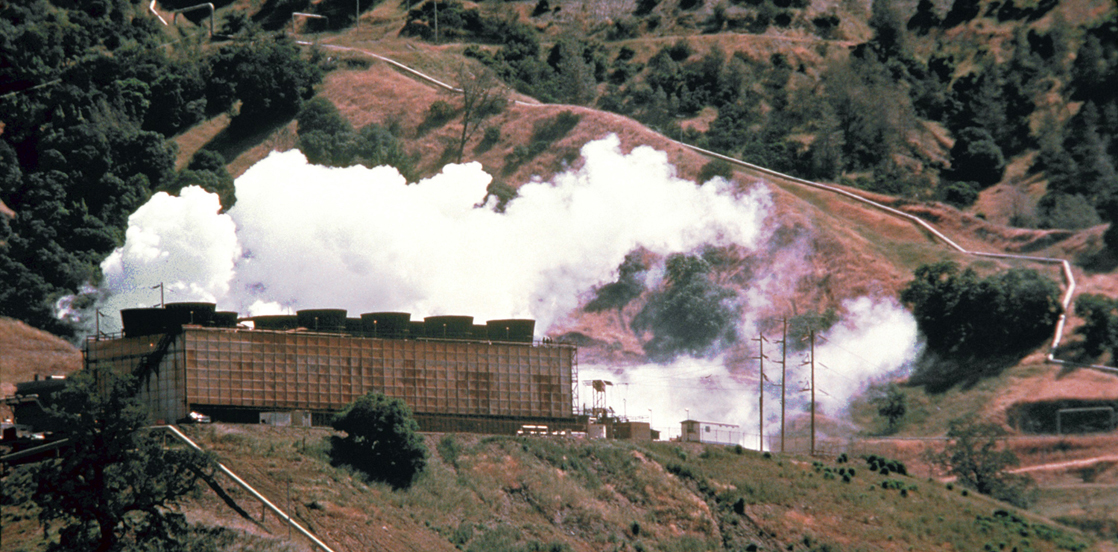Metabolism
Chapter 16 Introduction – Cellular Respiration

The electrical energy plant in (Figure) converts energy from one form to another form that can be more easily used. This type of generating plant starts with underground thermal energy (heat) and transforms it into electrical energy that will be transported to homes and factories. Like a generating plant, plants and animals also must take in energy from the environment and convert it into a form that their cells can use. Mass and its stored energy enter an organism’s body in one form and are converted into another form that can fuel the organism’s life functions. In the process of photosynthesis, plants and other photosynthetic producers take in energy in the form of light (solar energy) and convert it into chemical energy in the form of glucose, which stores this energy in its chemical bonds. Then, a series of metabolic pathways, collectively called cellular respiration, extracts the energy from the bonds in glucose and converts it into a form that all living things can use.

